Unit 3.3: Reinassance
1/12
There's no tags or description
Looks like no tags are added yet.
Name | Mastery | Learn | Test | Matching | Spaced |
|---|
No study sessions yet.
13 Terms

David
Artist: Donatello
Period/Movement: Early Renaissance
Medium: Bronze
Location: Florence, Italy
Significance: contrapposto and bronze (greek), biblical story of David defeating Goliath, connects old to new testament, symbolic of Florence’s victory, non-idealized
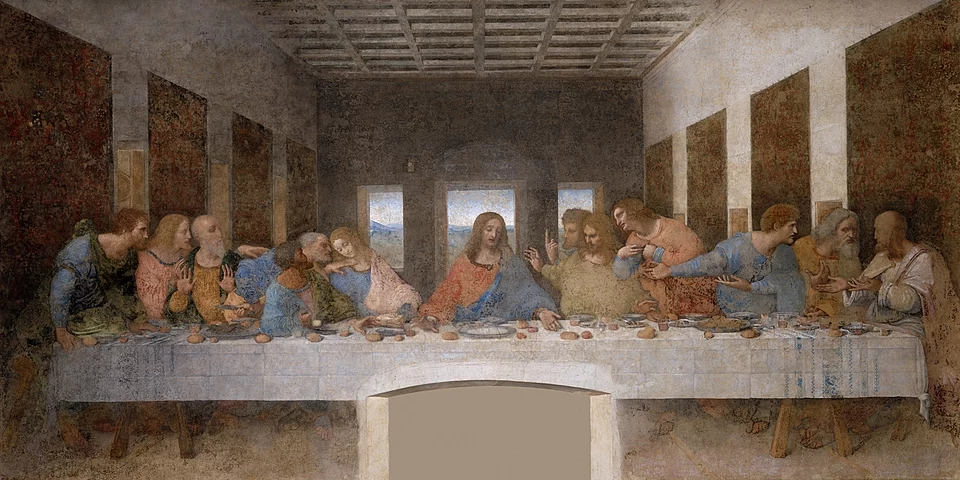
Last Supper
Artist: Leonardo Da Vinci
Period/Movement: High Renaissance
Medium: Oil and tempera
Location: Milan, Italy
Significance: linear perspective, Jesus in center and tells disciples that one will betray him (Judas), geometerical aspects, frieze-like, “trompe l’oil” — illusion of space

Palazzo Rucellai
Artist: Leon Battista Alberti
Period/Movement: Early Renaissance
Medium: Stone, masonry
Location: Florence, Italy
Significance: three levels to show different column styles, renaissance revival of greek and roman architecture, Florentine home of the Rucellai family (commisioners), humanism: domestic architecture
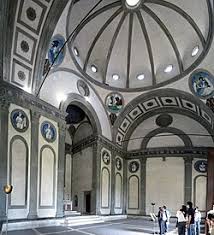
Pazzi Chapel
Artist: Filippo Brunelleschi
Period/Movement: Early Renaissance
Medium: Masonry (stucco, pietra serena)
Location: Florence, Italy
Significance: harmony of Renaissance architecture, geometrical precise design, use of light, incorporation of outdoor space: reflect the era’s emphasis on balance and proportion, dome ceiling, rounded arches

Annunciation Triptych
Artist: Robert Campin
Period/Movement: Flemish Renaissance
Medium: Oil on wood, center panel
Location: Belgium
Significance: portable, depicts angel telling mary she will have the child of god (jesus), donor portrait, shows Mary’s husband: Joseph (blacksmith)

The Arnolfini Portrait
Artist: Jan van Eyck
Period/Movement: Flemish Renaissance
Medium: Oil on wood
Location: Belgium
Significance: shows two sides: domestic and wealth (male and female), oranges= wealth, dog= loyalty, candle lit= presence of God, mirror reflection: artist and unknown person
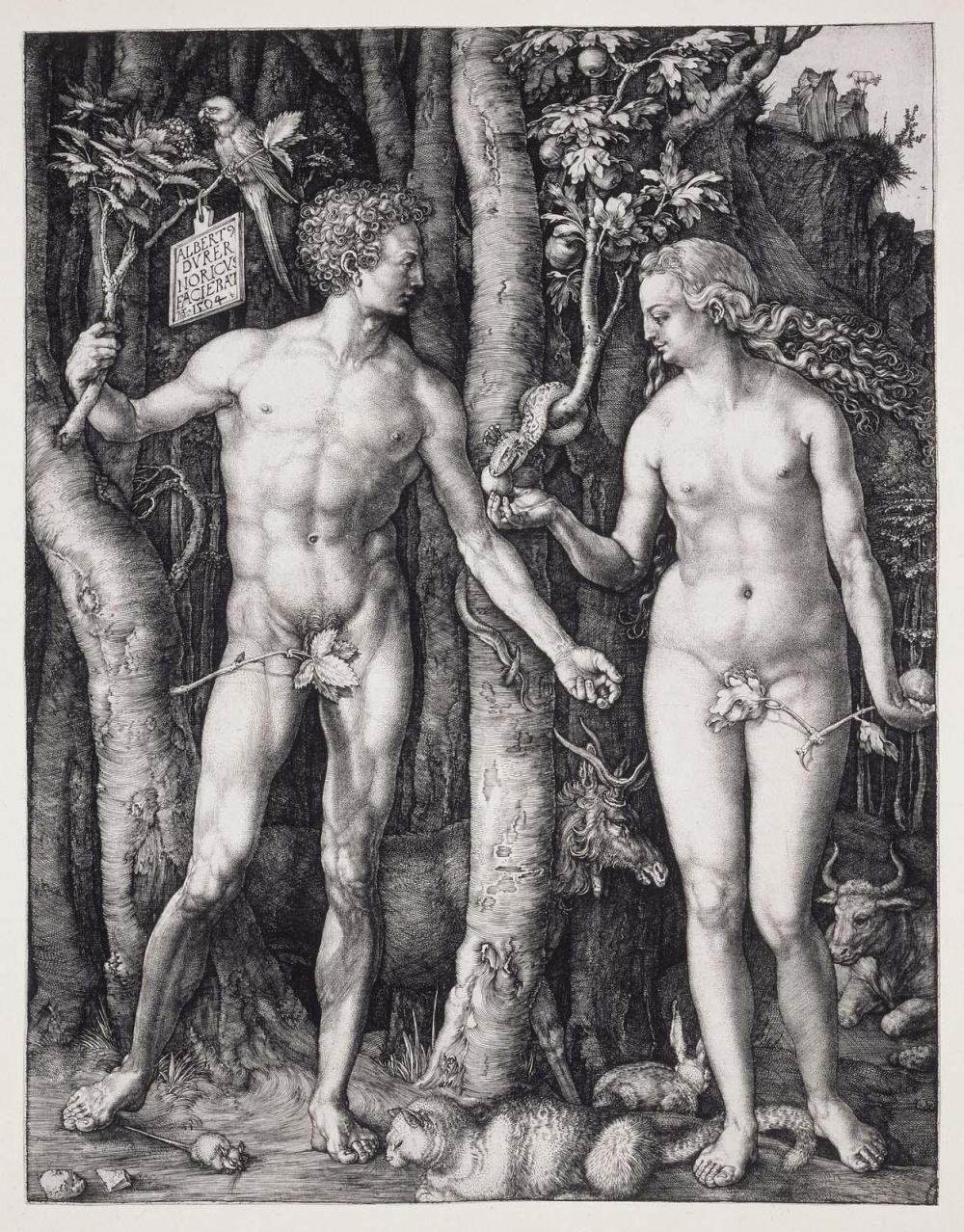
Adam and Eve (Fall of Man)
Artist: Albrecht Düer
Period/Movement: North High Renaissance
Medium: Engraving
Location: Middle East
Significance: contrapposto form, printmaking (new technology- mass production), idealized forms, classical forms, animals represent the 4 humors (elk, ox, rabbit, cat)
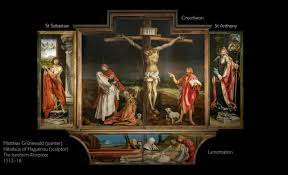
Isenheim altarpiece
Artist: Matthias Grünewald
Period/Movement:
Medium: Oil on wood
Location: Isenheim, France
Significance: panels, portable, shows Jesus with scars— empathizing with patients of disease, Jesus resurrection, Mary praying to Jesus, gothic influence: pointed arches stained glass

Madonna and Child with Two Angels
Artist: Fra Filippo Lippi
Period/Movement: Early Renaissance
Medium: Tempera on wood
Location: Uffizi, Florence
Significance: humanism, depth, sense of space, madonna, idealized, in order to have others relate, European influence
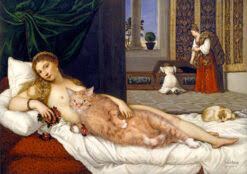
Venus of Urbino
Artist: Titian
Period/Movement: Venetian Renaissance
Medium: Oil on canvas
Location: Florence, Italy
Significance: idealized female form, positioning in depth, atmospheric perspective, linear perspective, goddess-like figure, youth/virginity, dog=wealth loyalty
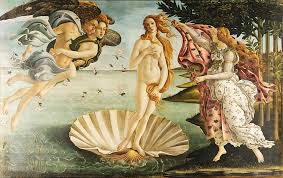
Birth of Venus
Artist: Sandro Botticelli
Period/Movement: Early Renaissance
Medium: Tempera on canvas
Location: Florence, Italy
Significance: an attempt at modesty, Aura and Zehr blowing her to shore (wind), Hora of Spring, Medici commission, stance modeled after Greek form
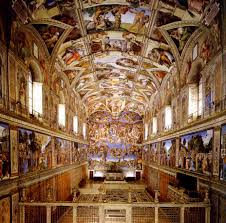
Sistine Chapel ceiling and altar wall frescoes
Artist: Michelangelo
Period/Movement: High Renaissance
Medium: Fresco
Location: Vatican City, Italy
Significance: high ceilings, beyond human accuracy (muscular), monumental Hellenistic figures (sibyl = prophets/ess), on altar: the last judgement
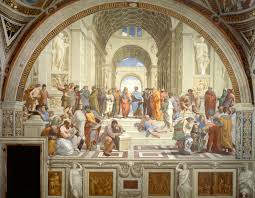
School of Athens
Artist: Raphael
Period/Movement: High Renaissance
Medium: Fresco
Location: Rome, Italy
Significance: celebrated humanistic values of education, linear perspective, Plato & Aristotle, Michelangelo (only one not in linear perspective), depicts Raphael doing a self portrait, expresses knowledge in science and faith